
Premium starting ₹395
100% Claims Settled (FY 24-25)


Premium starting ₹395
100% Claims Settled (FY 24-25)

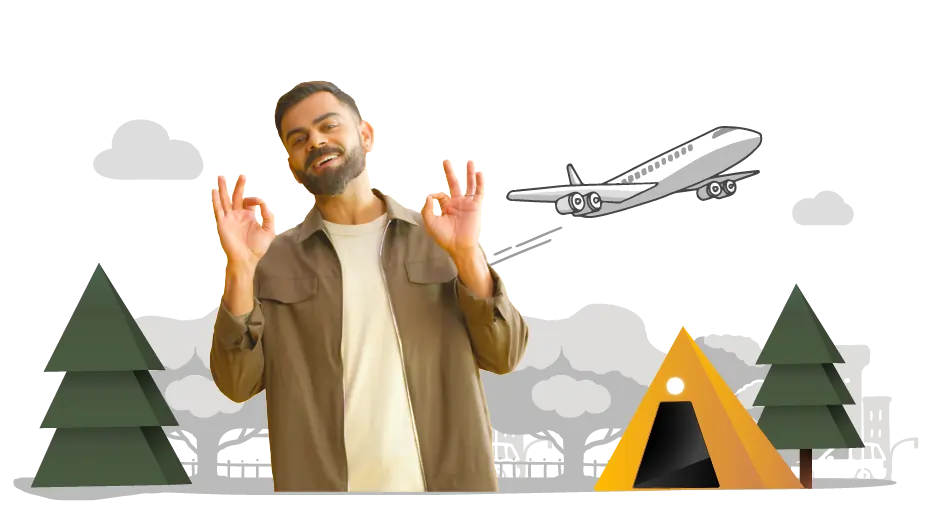

Home to unsurpassed mountains, waterfalls, wildlife, architecture, and antiquity, South Africa boasts a diverse range of sites and attractions. Its city life to adventure, picturesque sceneries to sun-soaked beaches, everyone discovers the Rainbow Nation in different ways.
If you want to explore the cultural, historical and natural treasures, include the UNESCO World Heritage Sites in South Africa to your list, testifying to its diverse varieties.
Among the 10 UNESCO Sites in South Africa, five are listed as cultural, four natural and one mixed. Read along to learn about the timings, entry fee, the best time to visit and other aspects of each site to plan your trip accordingly.
The following Cultural Heritage Sites in South Africa are listed as per the year of inclusion by UNESCO:
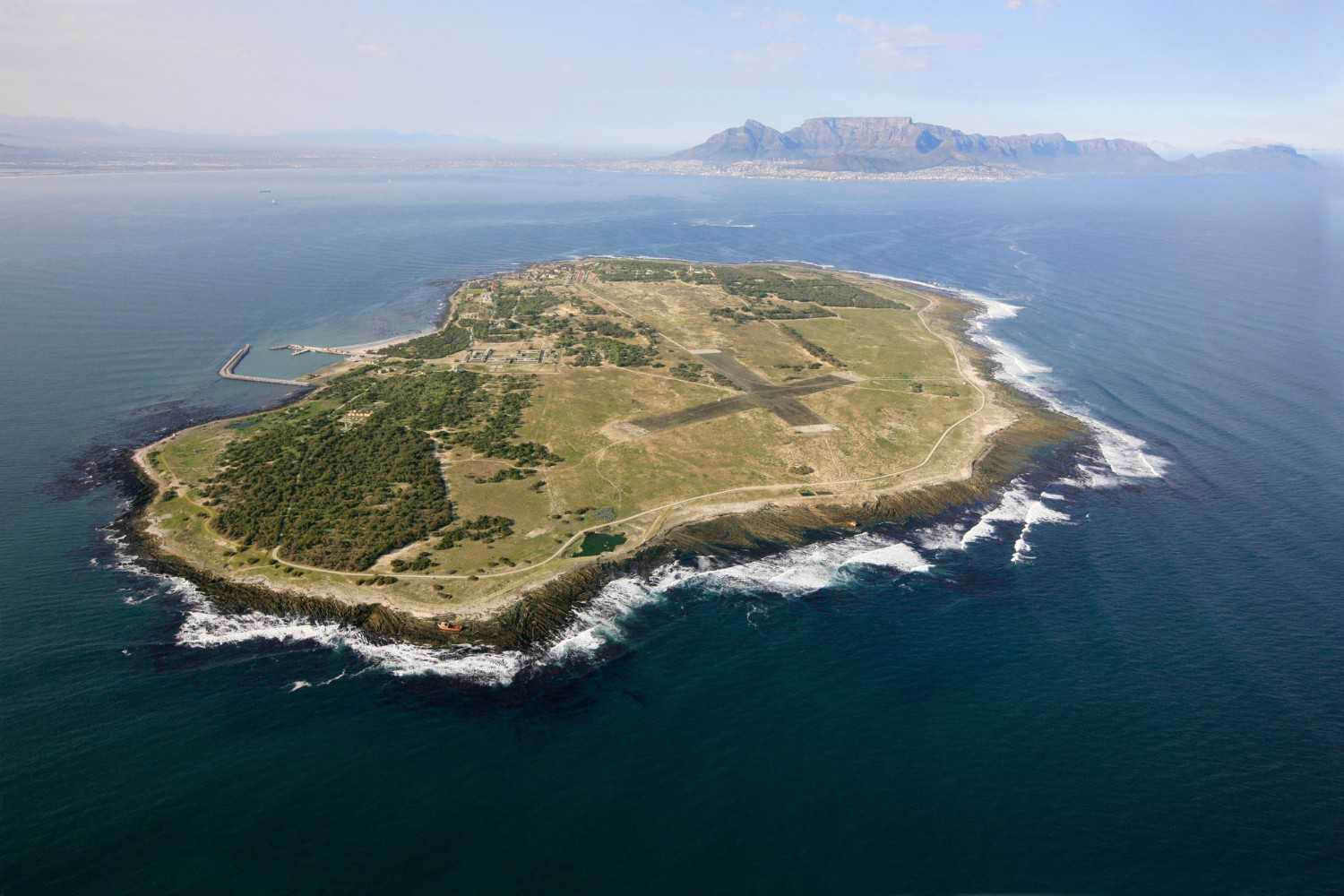
Robben Island is an eloquent witness of a sombre history and a symbol of democracy and freedom over oppression. Here, Nelson Mandela, the 1st elected President of South Africa has served 18 years in prison. Today, it is home to the famous Robben Island Museum and a few remains of 17th-century quarries, dilapidated military structures of World War II, etc.
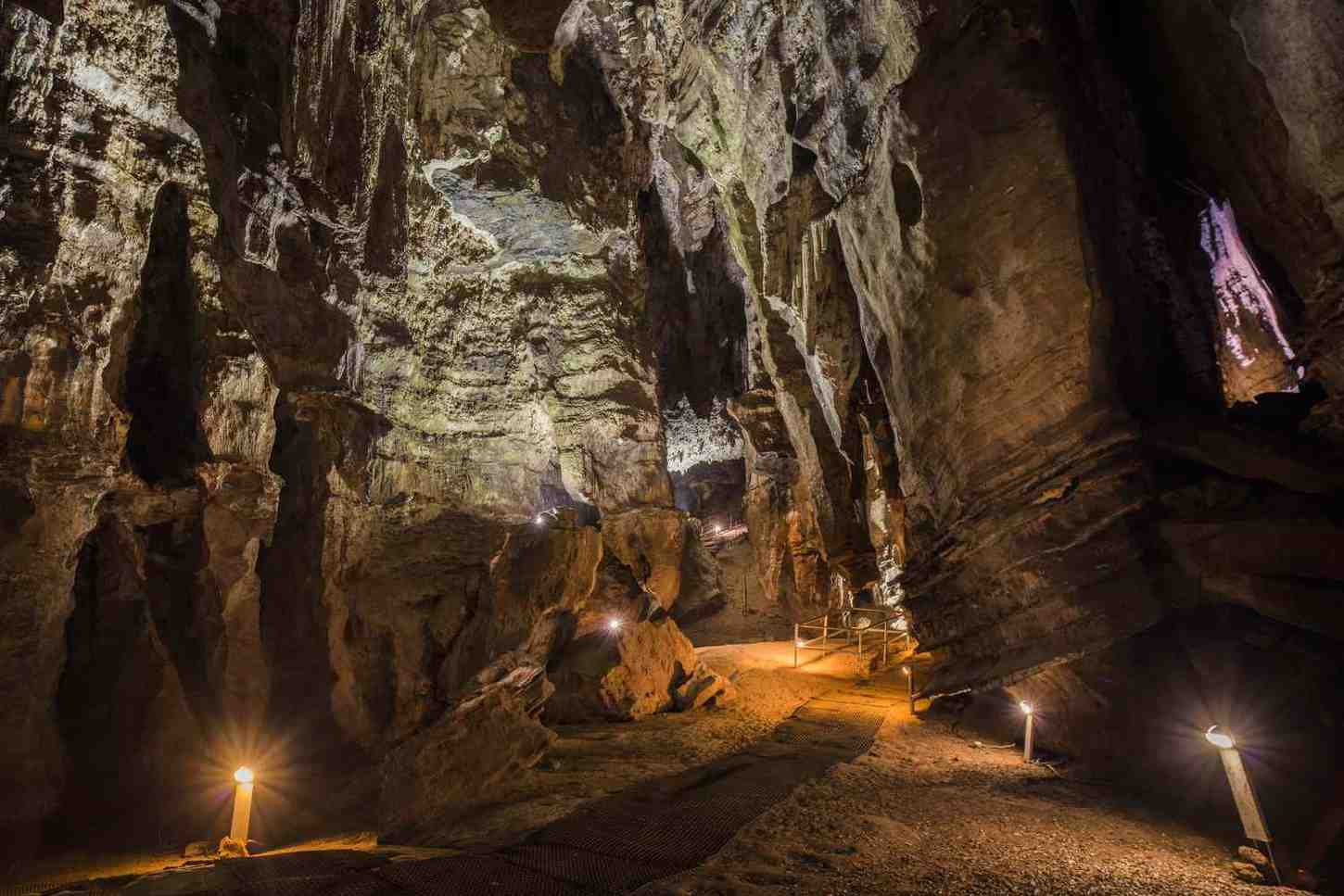
Recognised as the Cradle of Humankind, this undulating landscape is one of the richest concentrations of hominid fossils as old as 3.5 million years. It contains dolomitic limestone ridges, rocky outcrops and valley grasslands, bearing rare testimony of Australopithecine specimens.
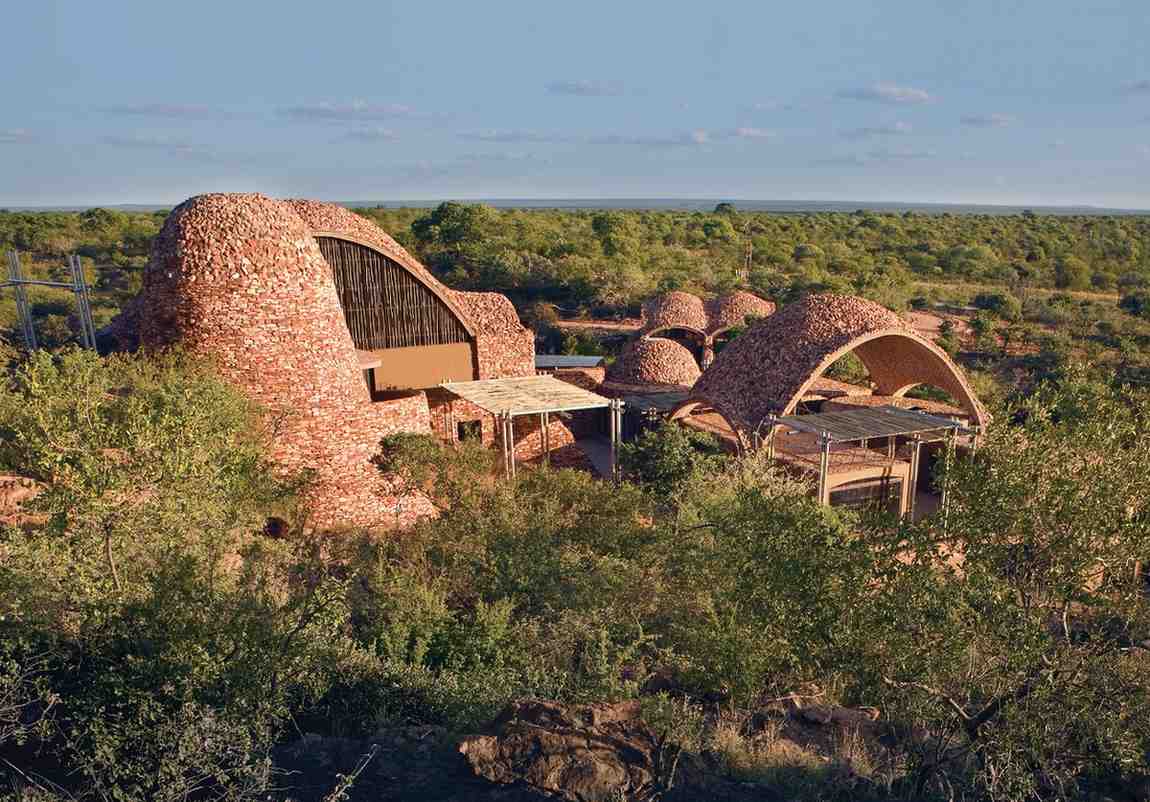
This World Heritage Site in South Africa resonates with the rise and fall of the 1st indigenous kingdom, Mapungubwe (place of the stone of wisdom) State. It serves as evidence of the cultural and social interchange of human values and climate change. It is situated in the Mapungubwe National Park where the Limpopo and Shashe Rivers are meeting.
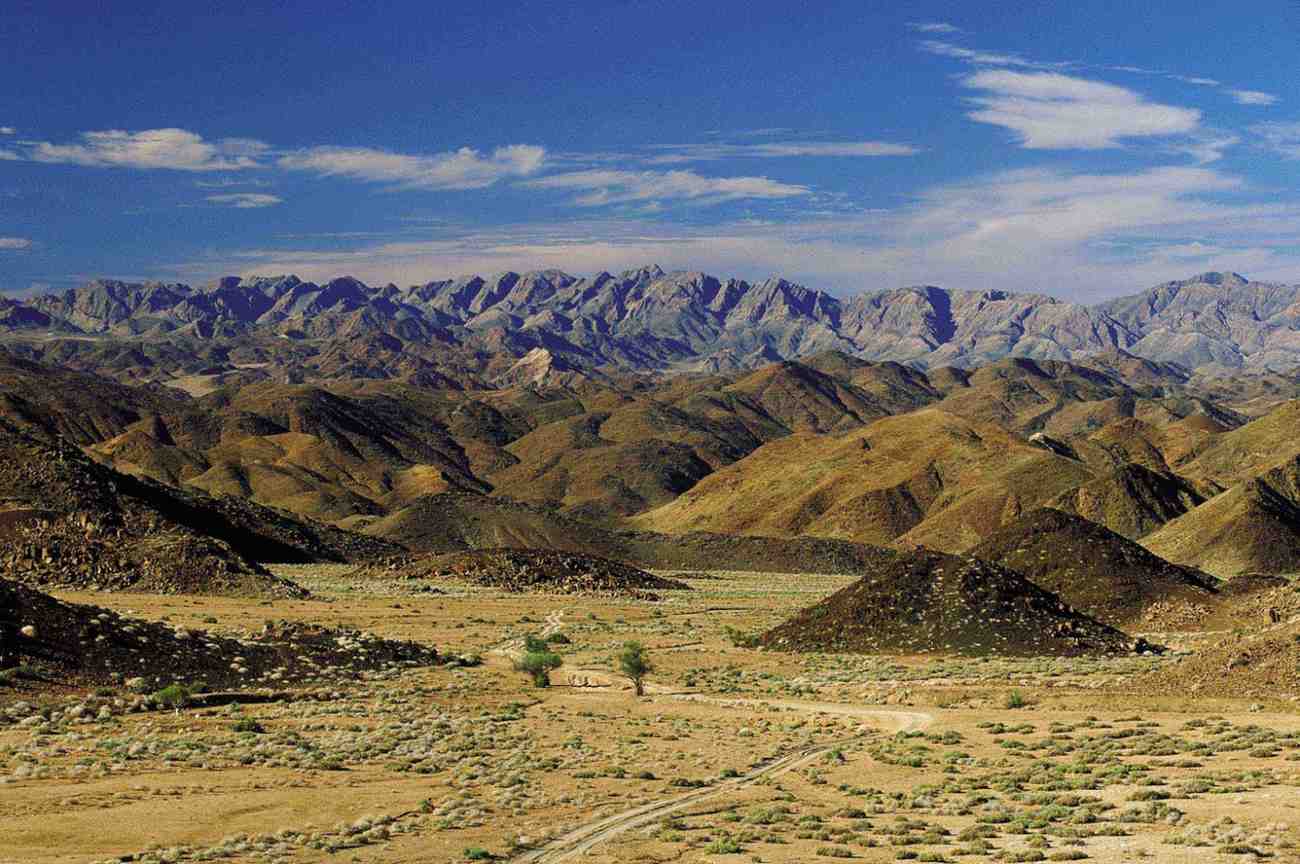
Did you know that the Cultural and Botanical Landscape of Richtersveld is in a desert? This makes it one of the most unique UNESCO Sites in South Africa. Its dramatic landscape represents the transhumance pastoral grazing of the Nama tribe for 2,000 years. Further, this indigenous community helps sustain and protect this extensive bio-diversity.
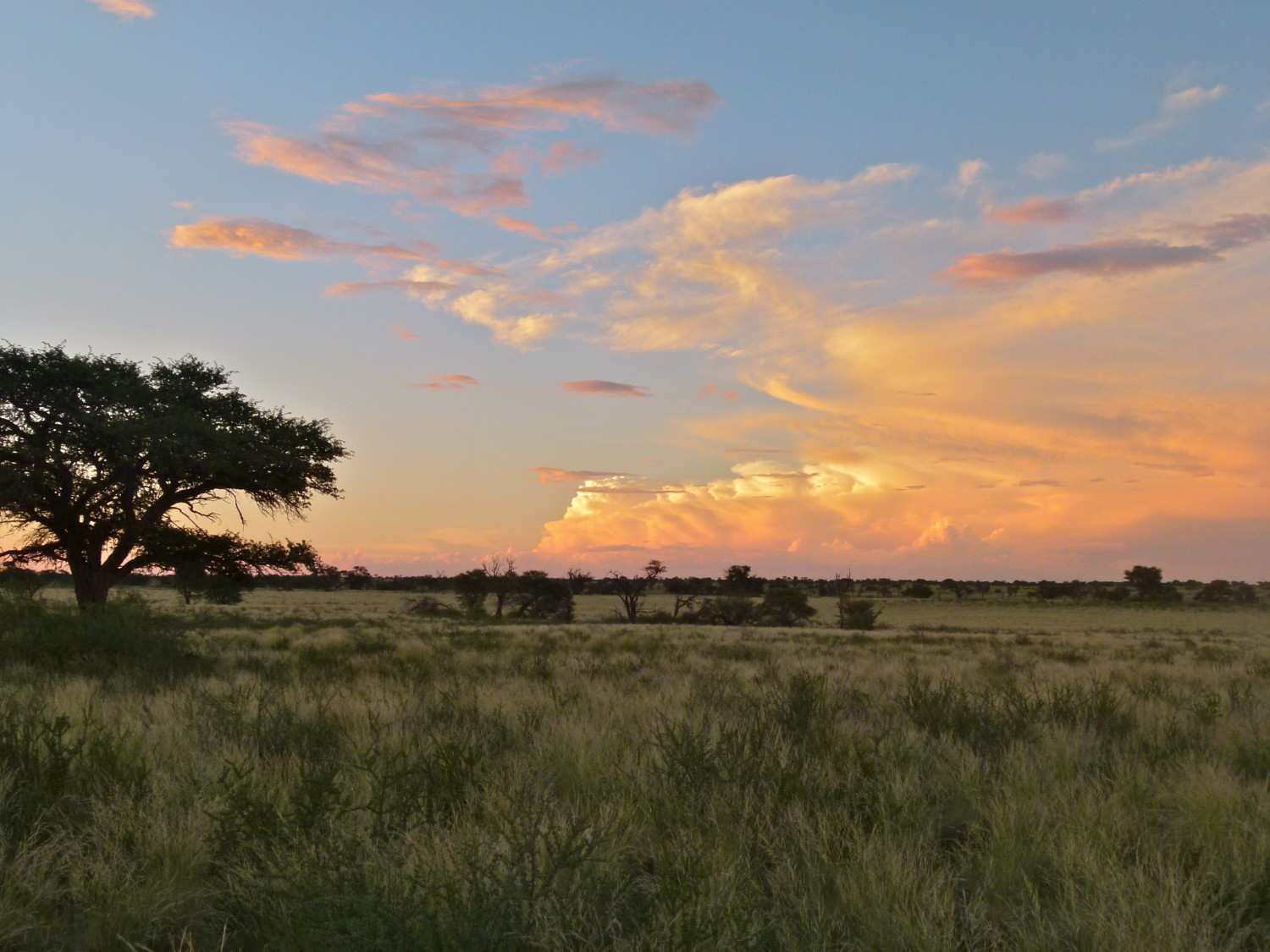
Its association with ethnobotany and !Ui-Taa languages illustrates a life and beliefs that are virtually extinct. What will astonish you is the adoption of innovative technologies by the nomadic tribe to thrive the extreme desert conditions. Learn more about their life through guided walks, local guides, the Living Museum, and local modes of transportation.
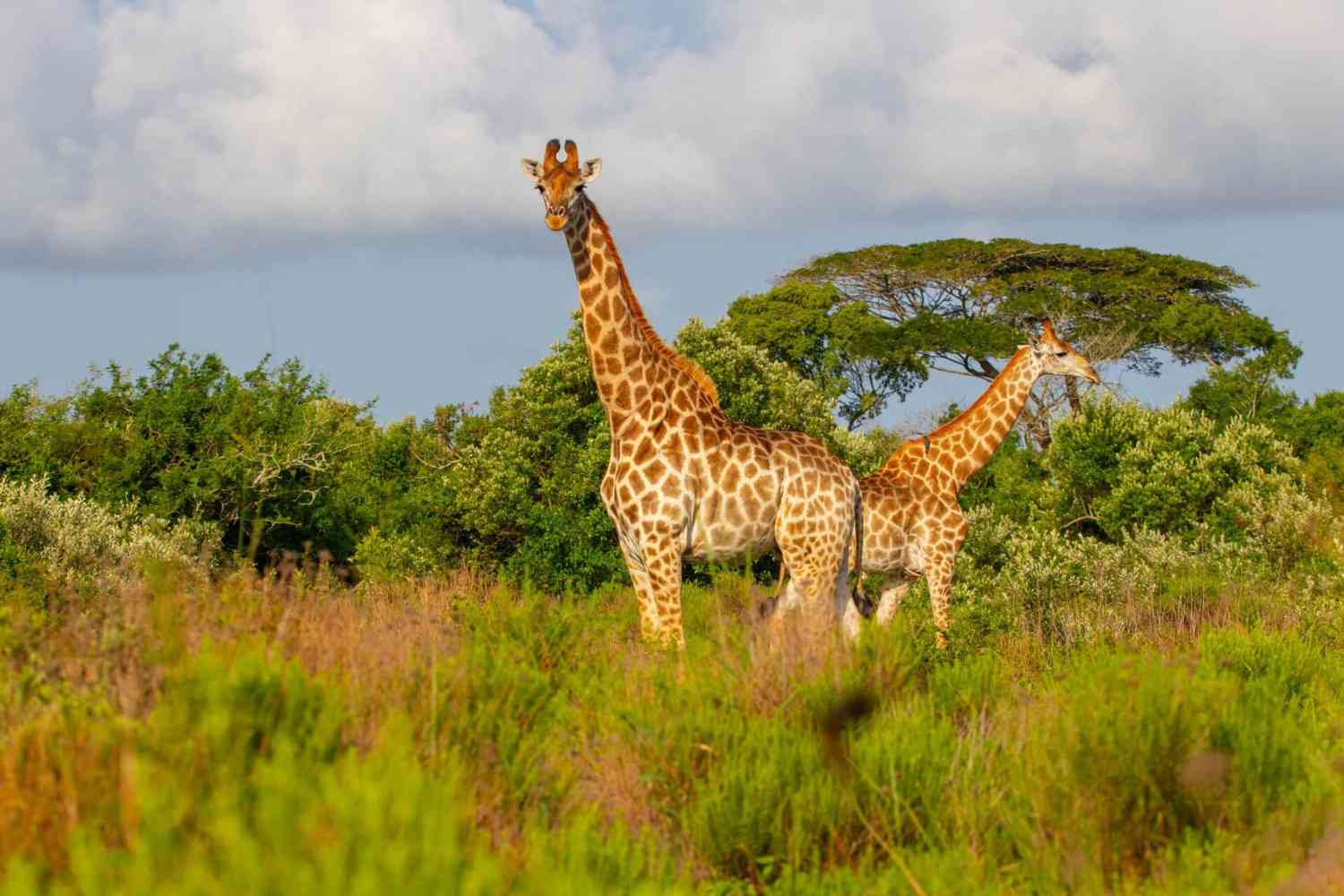
Listed as one of the Natural UNESCO World Heritage Sites in South Africa, the iSimangaliso Wetland Park is home to unadulterated marine, wetland, coastal, terrestrial and estuarine environments. It is a confluence of coral reefs, coastal dunes, extensive coastline, and more. Notable attractions are the 10 Jewels, including Coastal Forest, False Bay and many more.

It contains some of the richest plant biodiversity and is home to 11,000 marine animals and 560 vertebrate species. Further, it comprises 8 protected areas: Table Mountain, Boland Mountain Complex, De Hoop Nature Reserve, Groot Winterhoek Wilderness Area, Swartberg Mountains, Cederberg Wilderness Area, Boosmansbos Wilderness Area, and Baviaanskloof.
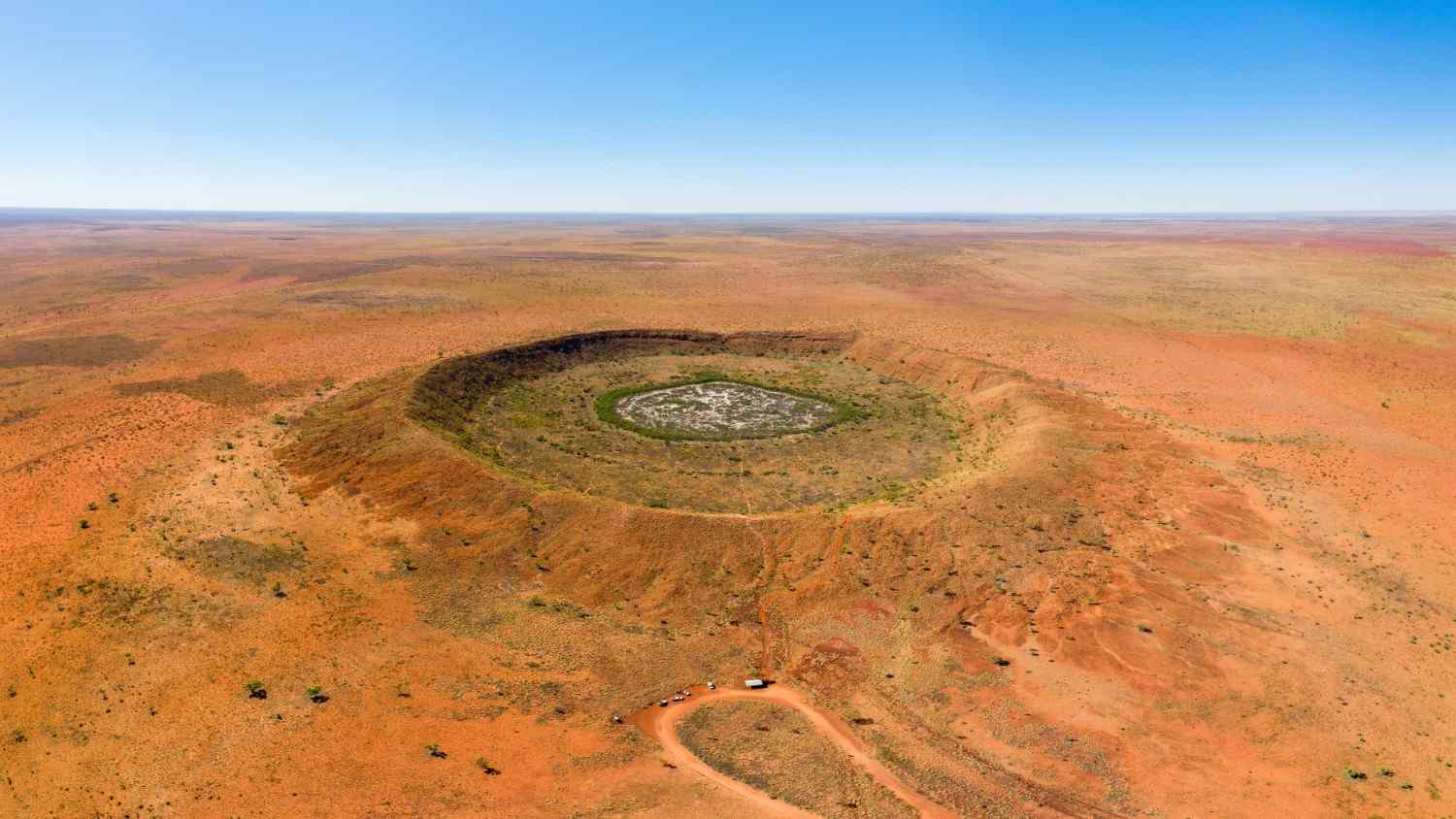
This Natural UNESCO World Heritage Site dates back to 2,030 million years when an enormous meteorite hit the earth. You can visit the Anglo-Boer War sites, and Venterskroon, the largest wild olive forest in the country here. Alternatively, you can opt for adventurous activities like river tubing, mountain biking, river rafting and many more.
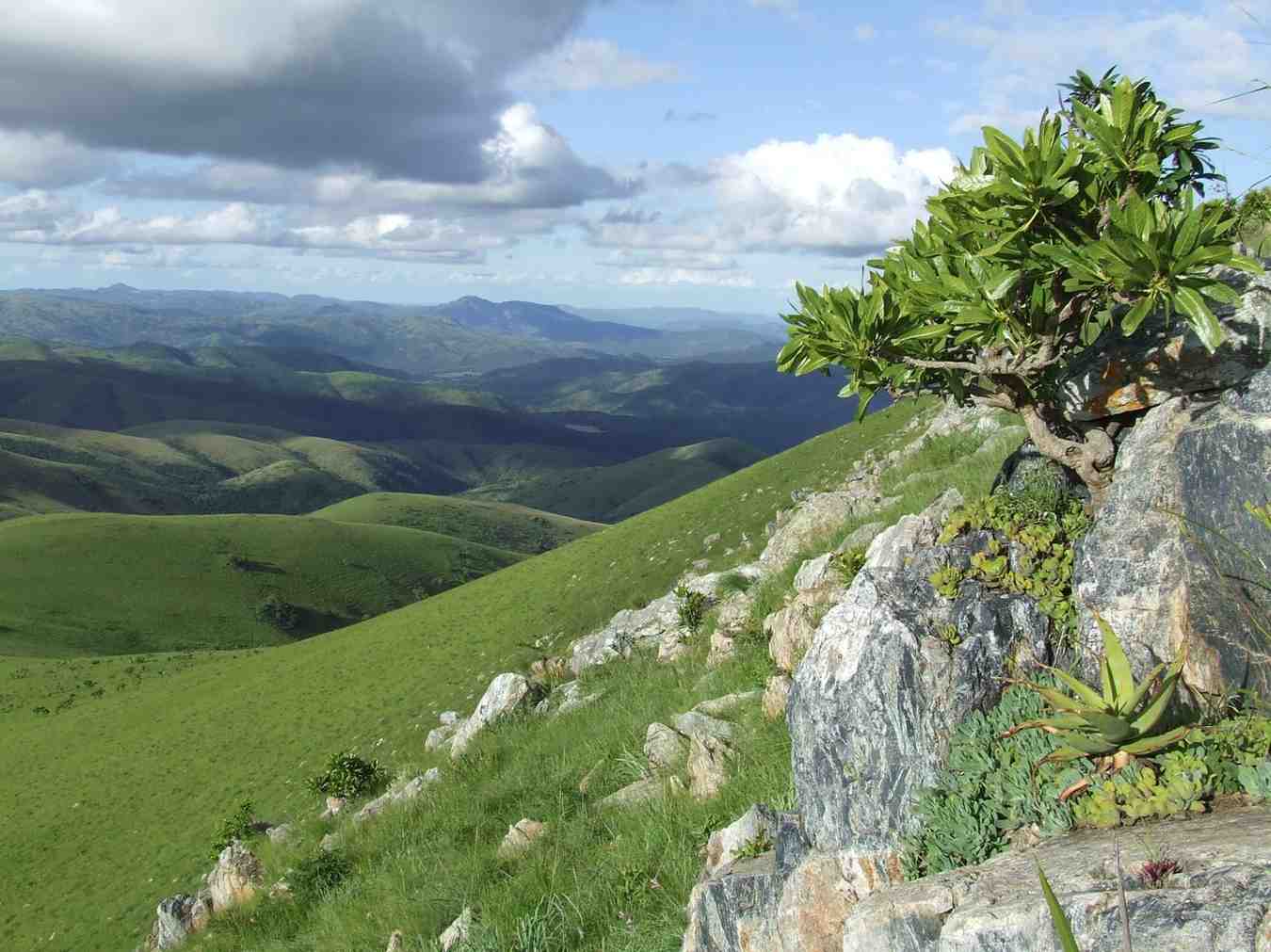
The latest in the list of UNESCO World Heritage Sites in South Africa is the best-preserved sequence of volcanic and sedimentary rocks, dating back 3.2 to 3.6 billion years. The most distinctive feature here is the belt of greenstone rock, rocky hills, forested valleys and an array of endemic and rich diversity of plant species.

This UNESCO World Heritage Site in South Africa comprises 12 protected areas. It is distinguished by golden sandstone ramparts, soaring basaltic rocks, dramatically sculptured caves, arches, rock pools, and cliffs. However, what will grab your attention is its group of Bushmen paintings which are exceptional in terms of quality and diversity of subject.
A site of exceptional universal value must meet either of the 10 criteria to be included in the list of UNESCO World Heritage Sites. Those parameters are as follows: